The interplay between scientific discovery and aesthetic intuition has long fascinated scholars across disciplines. While the scientific method emphasizes rigorous experimentation and logical reasoning, history reveals that many groundbreaking discoveries emerged from moments of sudden insight or intuitive leaps. This phenomenon challenges our traditional understanding of how knowledge advances, suggesting that beauty and intuition play equally vital roles in the scientific process.
Throughout scientific history, numerous pioneers have reported experiencing flashes of intuition that later proved transformative. The German chemist August Kekulé famously described how a daydream of a snake biting its tail led him to the ring structure of benzene. Similarly, Albert Einstein recounted how thought experiments about riding light beams shaped his theory of relativity. These accounts suggest that the mind often arrives at solutions through nonlinear pathways that transcend conventional logic.
The aesthetic dimension of scientific intuition manifests in several ways. Many scientists describe being drawn to particular problems or solutions because of their inherent elegance or symmetry. The British physicist Paul Dirac went so far as to claim that it's more important for equations to be beautiful than to fit experimental data, believing truth would inevitably align with mathematical beauty. This perspective finds support in the uncanny way that purely theoretical constructs, developed for their aesthetic appeal, often later find empirical confirmation.
Neuroscience now provides clues about the biological basis of scientific intuition. Studies reveal that moments of insight correlate with distinct patterns of brain activity, particularly in the right hemisphere. The anterior superior temporal gyrus shows heightened activity seconds before solutions emerge into consciousness, suggesting our brains process information below the threshold of awareness. This hidden cognitive work may explain why breakthroughs often occur during unrelated activities like walking or bathing, when the conscious mind relaxes its grip.
The role of aesthetic judgment in scientific progress becomes particularly evident in theoretical physics. Concepts like supersymmetry or string theory gain traction not through direct observation but through their mathematical coherence and elegance. Nobel laureate Subrahmanyan Chandrasekhar devoted years to studying black holes primarily because he found them "the most beautiful objects in physics." Such examples demonstrate how beauty serves as a heuristic guiding scientists toward productive lines of inquiry.
Historical analysis reveals that intuitive breakthroughs typically follow intense periods of preparation. Louis Pasteur's famous adage "chance favors the prepared mind" captures this dynamic. The sudden "aha" moment represents not random inspiration but the culmination of subconscious processing by a mind steeped in its subject. This explains why major discoveries often cluster among researchers working at the frontiers of their fields - their trained intuition becomes attuned to recognize significant patterns.
Modern research environments increasingly recognize the value of cultivating conditions conducive to intuitive breakthroughs. Technology companies design workspaces to encourage serendipitous encounters, while scientific institutions create interdisciplinary spaces where diverse perspectives can collide. These approaches acknowledge that innovation often springs from unexpected connections rather than linear processes. The growing field of complexity science formalizes this understanding, showing how simple components interacting can produce emergent properties impossible to predict through reductionist analysis.
The aesthetic dimension of science extends beyond theoretical work to experimental design and interpretation. Pioneering biologists like Barbara McClintock spoke of developing a "feeling for the organism" that guided their research. Contemporary genomic researchers similarly report intuitive hunches about where to look for significant patterns in vast datasets. This suggests that as science grows more complex, the human capacity for pattern recognition and aesthetic judgment becomes more, not less, valuable.
Critically examining the role of intuition in science raises important epistemological questions. How do we distinguish genuine insight from wishful thinking? The history of science contains both triumphant examples of intuition leading to truth and cautionary tales of beautiful theories disproven by ugly facts. The most successful scientists appear to balance intuitive leaps with rigorous verification, allowing aesthetic considerations to suggest possibilities while demanding empirical validation.
As artificial intelligence transforms the scientific landscape, the human capacity for intuitive, aesthetic judgment may become our distinguishing advantage. While AI excels at processing vast amounts of data, humans retain superior abilities at framing meaningful questions and recognizing significant patterns. The most productive future may involve synergistic collaboration, where human intuition guides machine intelligence toward fruitful areas of investigation.
The study of scientific intuition and aesthetics remains a vibrant interdisciplinary field, drawing on cognitive science, philosophy, and history of science. Recent work explores how cultural conceptions of beauty influence scientific paradigms, and how individual differences in cognitive style affect research approaches. This growing body of research suggests that understanding the intuitive dimensions of science may hold the key to fostering future breakthroughs.
Ultimately, the story of scientific progress cannot be told through logic alone. From the curved spacetime of general relativity to the double helix of DNA, the most profound discoveries often carry an undeniable aesthetic dimension. As we continue exploring the mysteries of the universe, the harmonious interplay between rational analysis and intuitive insight will likely remain science's most powerful tool.
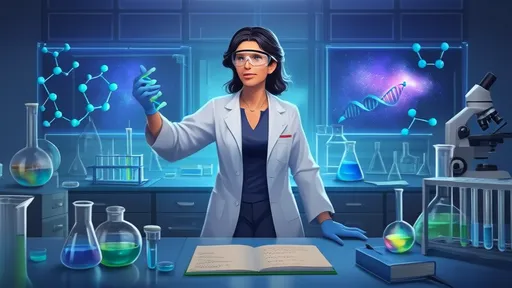
By /Aug 14, 2025
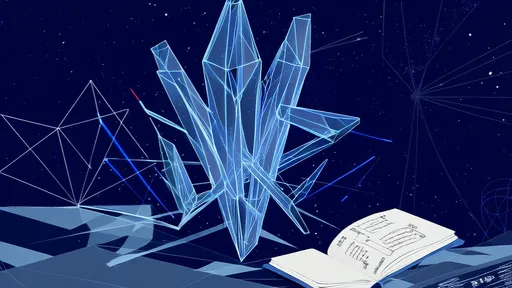
By /Aug 14, 2025

By /Aug 14, 2025

By /Aug 14, 2025

By /Aug 14, 2025
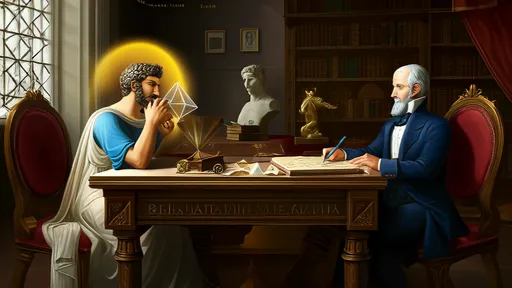
By /Aug 14, 2025

By /Aug 14, 2025

By /Aug 14, 2025

By /Aug 14, 2025

By /Aug 14, 2025
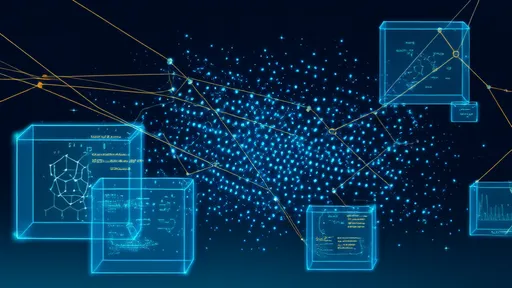
By /Aug 14, 2025

By /Aug 14, 2025

By /Aug 14, 2025
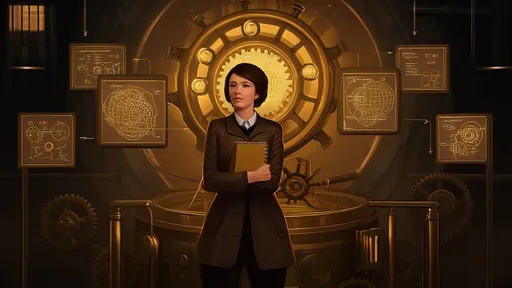
By /Aug 14, 2025
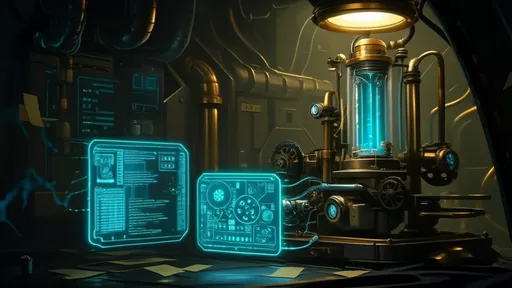
By /Aug 14, 2025

By /Aug 14, 2025
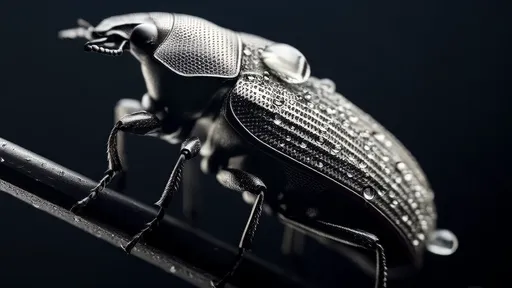
By /Aug 14, 2025

By /Aug 14, 2025
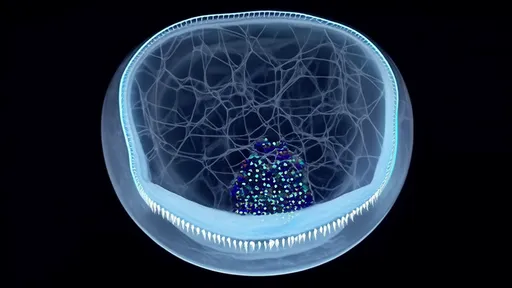
By /Aug 14, 2025

By /Aug 14, 2025